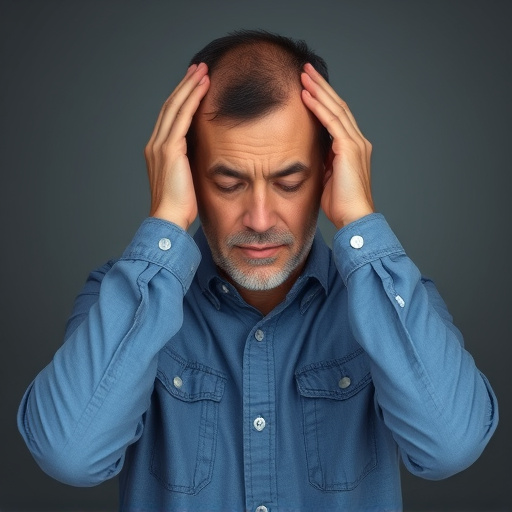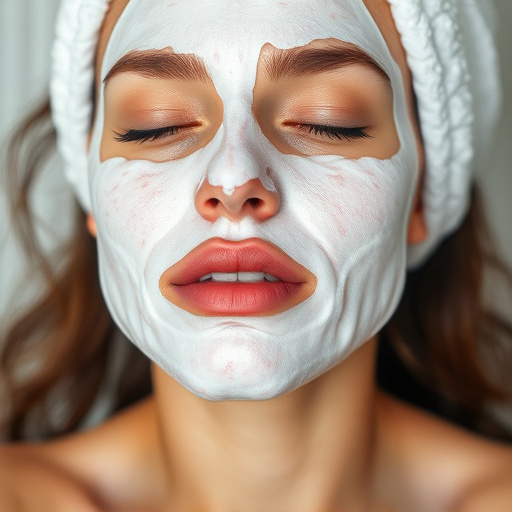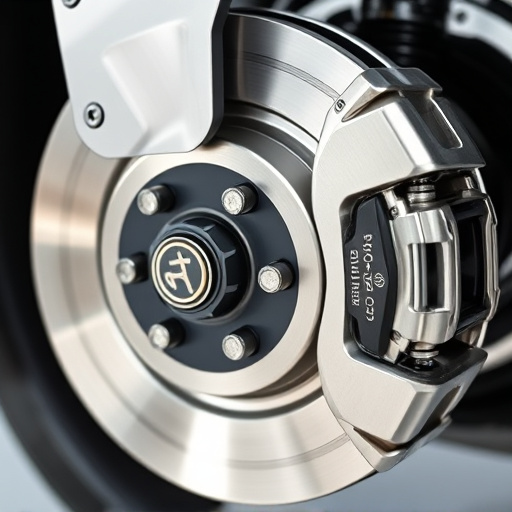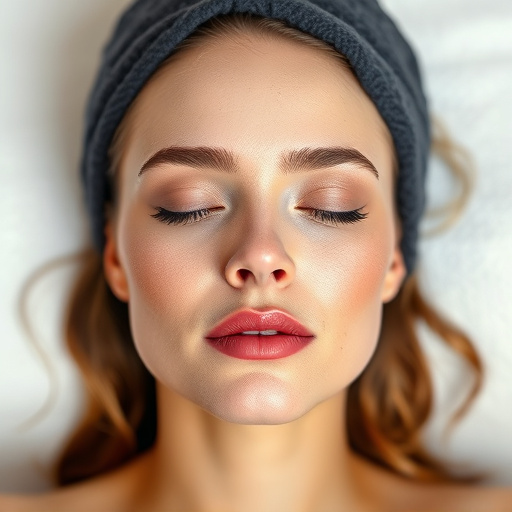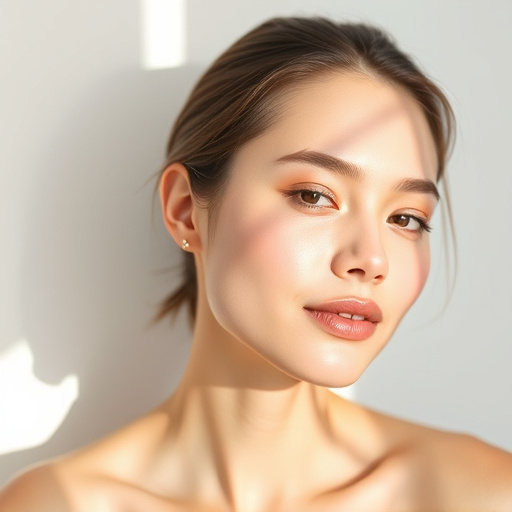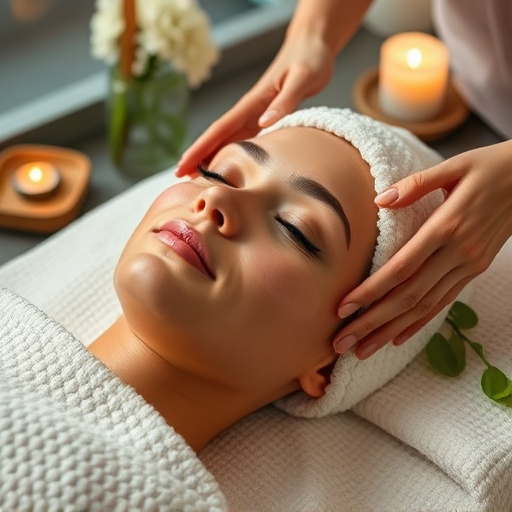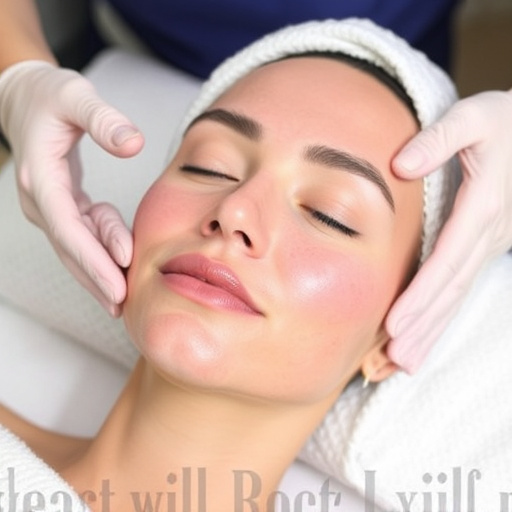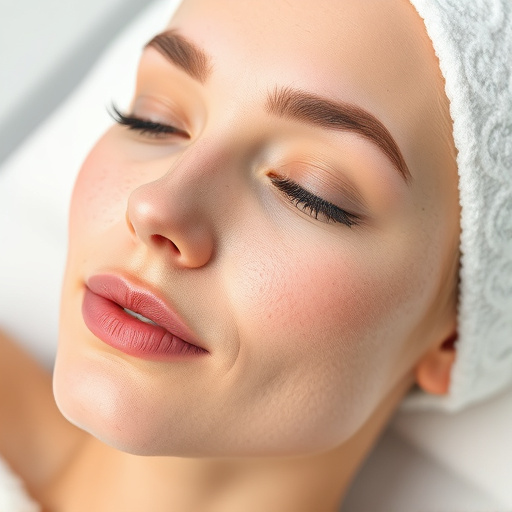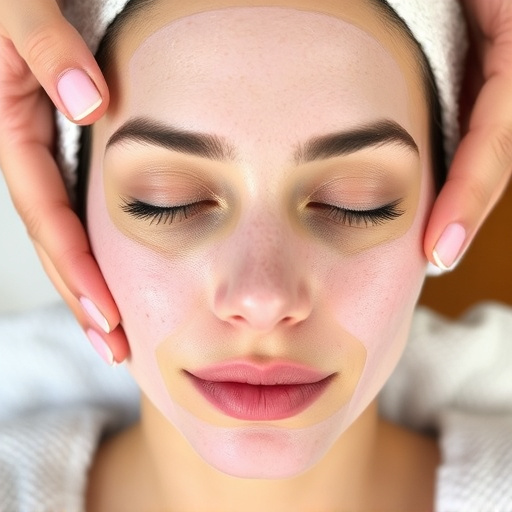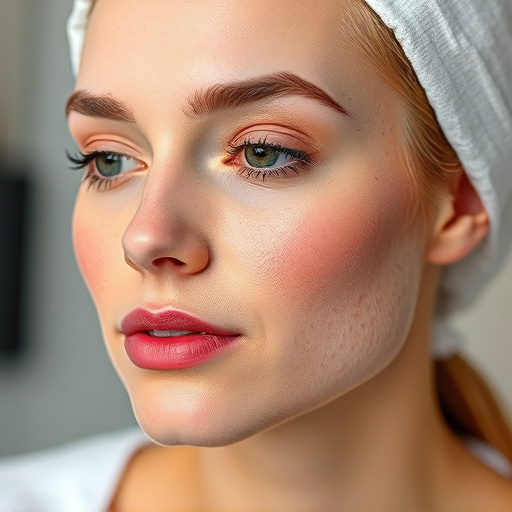Chest acne, caused by hormonal changes, clothing, sweat, and friction, requires personalized therapy. Over-the-counter creams, topical treatments, medical spa services, and facial therapies are options. Mild cases may respond to benzoyl peroxide or salicylic acid, while severe acne needs antibiotics or isotretinoin. Personalized plans consider skin type, condition, and goals; consulting a dermatologist is key for effective chest acne therapy.
Choosing the right chest acne therapy can be a daunting task, but understanding your skin’s unique needs is key. This article guides you through the process by first exploring the causes and types of chest acne, ensuring you’re equipped with knowledge. Next, we delve into various treatment options, from topical creams to oral medications, highlighting their benefits and potential drawbacks. Finally, we emphasize the importance of a personalized approach, considering factors that will lead to effective therapy selection tailored just for you.
- Understanding Your Chest Acne: Causes and Types
- Exploring Treatment Options: Topical Creams to Oral Meds
- Personalized Approach: Factors for Effective Therapy Selection
Understanding Your Chest Acne: Causes and Types
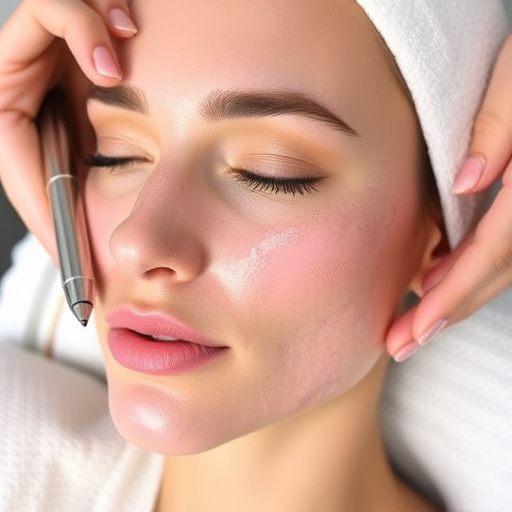
Chest acne, though often overlooked, is a common skin concern that requires tailored care. Understanding its causes and types is the first step in choosing the right chest acne therapy. It’s not just about clogged pores; various factors contribute to this issue. Hormonal fluctuations, for instance, can trigger or exacerbate chest acne, making it more prevalent in teens and pregnant women. Certain clothing materials, sweat, and friction can also play a role.
There are several types of chest acne, including whiteheads, blackheads, papules, nodules, and cysts. Whiteheads and blackheads are the most common, often resulting from excess sebum production and buildup. Papules are small, red bumps caused by inflamed follicles, while nodules are larger, solid lesions beneath the skin’s surface. The most severe form is cystic acne, characterized by painful, fluid-filled cysts. Knowing your specific type helps in selecting suitable chest acne therapy, whether it’s over-the-counter medications, topical treatments, or considering medical spa services and facial treatments for a personalized skincare approach.
Exploring Treatment Options: Topical Creams to Oral Meds
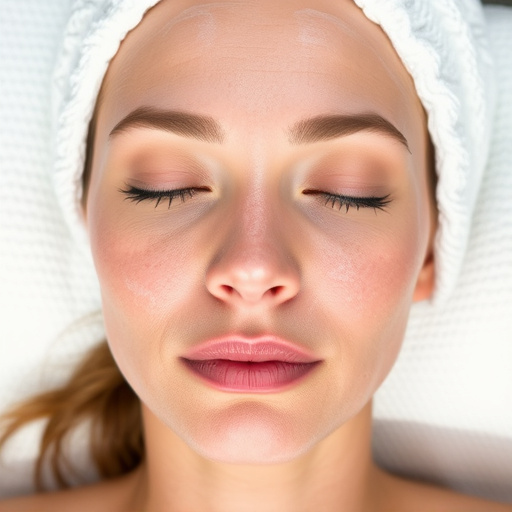
When exploring chest acne therapy options, it’s essential to understand the diverse range of treatments available. The journey to clear skin starts with understanding your skin type and the severity of your chest acne. Topical creams are a common starting point, offering gentle yet effective solutions for mild cases. These creams often contain ingredients like benzoyl peroxide or salicylic acid, which help unclog pores and reduce inflammation.
For more severe chest acne, oral medications might be necessary. Antibiotics can combat bacterial infections associated with acne, while isotretinoin (a retinoid) is renowned for its potency in reducing inflammation and unblocking pores. Additionally, some individuals consider specialized treatments like customized facials tailored to address specific skin concerns or laser hair removal, which not only reduces hair growth but also helps clear blocked follicles.
Personalized Approach: Factors for Effective Therapy Selection
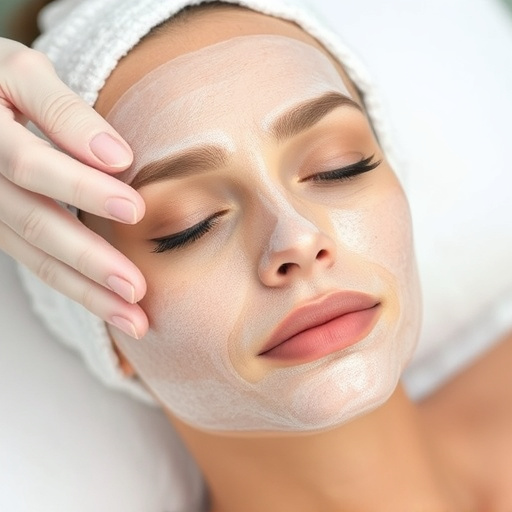
When considering chest acne therapy, a personalized approach is key to achieving effective results. Each individual’s skin type and condition are unique, necessitating a tailored treatment plan. Several factors influence the selection of the right chest acne therapy for you. Firstly, understanding your skin’s specific needs is vital. Different treatments target various acne causes—whether it’s excess oil production, clogged pores, or bacterial infections. For instance, if you have oily skin, a gentle cleanser and topical retinoid might be sufficient to unclog pores and reduce inflammation.
Conversely, for more severe cases with deep cysts or scarring, a comprehensive approach involving prescription medications, chemical peels, or laser treatments may be required. Additionally, aesthetic considerations play a role. Some individuals prioritize skin brightening and wrinkle reduction alongside acne treatment. In such cases, look for therapies that combine targeted acne care with ingredients known for their skin-rejuvenating properties. Remember, consulting with a dermatologist is essential to determine the best course of action based on your unique needs and preferences.
Choosing the best chest acne therapy requires understanding your skin’s unique needs. By identifying the type and cause of your chest acne, you can select a personalized treatment approach that suits your lifestyle. From topical creams to oral medications, exploring these options allows you to embark on a journey towards clear, healthy skin. Remember, effective therapy selection considers individual factors, ensuring a tailored solution for optimal results in managing your chest acne.
